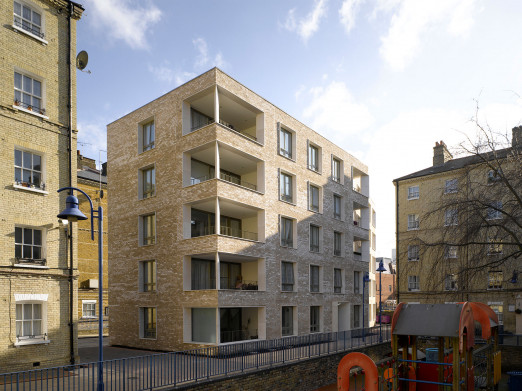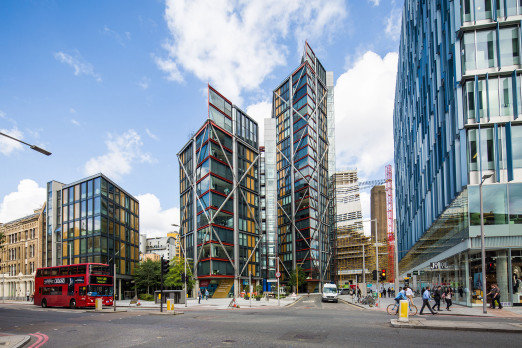With the winner of the 2015 Stirling Prize being announced tomorrow evening, you may well have read about the shortlisted projects, but we've been digging around to provide you with some insight into the materials that made them.
Burntwood School, London
One of the last projects to be procured through the 'Building Schools for the Future' programme, all but two of the original 1950s modernist buildings were demolished to make way for this transformation. Integral to the building's BREEAM Excellent rating is the internally exposed in-situ concrete which provides thermal mass. Perhaps the most striking elements of the design are the load-bearing precast concrete panels by Techrete which also offer integrated solar shading
Darbishire Place, London
This new block on East London's Whitechapel Estate replaces one which was destroyed during World War II. The overall design blends well with the existing buildings on the estate, all built in the 1870s. Contrast between the external brick and deep window reveals of the original blocks has been repeated and accentuated in the new block. Wienerberger's Marziale has been used for the external facade, with deep reveals formed from prefabricated GRC blocks by GRC UK around the windows and balconies.
Maggie's Lanarkshire
Constructed in the grounds of Monklands District Hospital, the brick walls of the new Maggie's Cancer Care Centre recreate the idea of early garden enclosures with their woven fences. Inspired by the paved court enclosed by ancient walls at Crichton Castle and built with hand-made bricks by Petersen, the garden wall provides separation from the hospital grounds and give no clue to what lies within. Throughout, a sense of calm, dignity and tranquility is achieved with muted and soft blonde finnish birch walls, limed oak floors, stained pine ceilings and perforated metal light catchers reflecting sunlight onto the floor of two central courtyards. A Sky-Frame 2 and fixed glazed system were installed together to acheive the full-height glass walls to both the gables of the building and the four inner courtyards.
NEO Bankside, London
NEO Bankside comprises 217 residential units in buildings ranging from 12 to 24 storeys, with steel and glass pavillions fitting perfectly in to the Bankside landscape, the overall design hints at the former industrial heritage of the area. The external bracing system, using Tata Steel’s Celsius® 355 elliptical hollow section, has removed the need for internal structural walls - creating highly flexible spaces in the apartments, which feature Kahrs Oak flooring throughout.
University of Greenwich, Stockwell Street Building
The new library and School of Architecture & Construction is located within a world heritage site and an urban fabric of terraced buildings. Compactly organised, the building steps down from Stockwell Street to meet the residences to the rear. These stepped roofs house fourteen interlinked teaching gardens and a large learning green roof supplied by Alumasc Roofing. Jura limestone cladding from Szerelmey Ltd was selected for it's honed finish, aesthetic appeal and hard wearing properties.
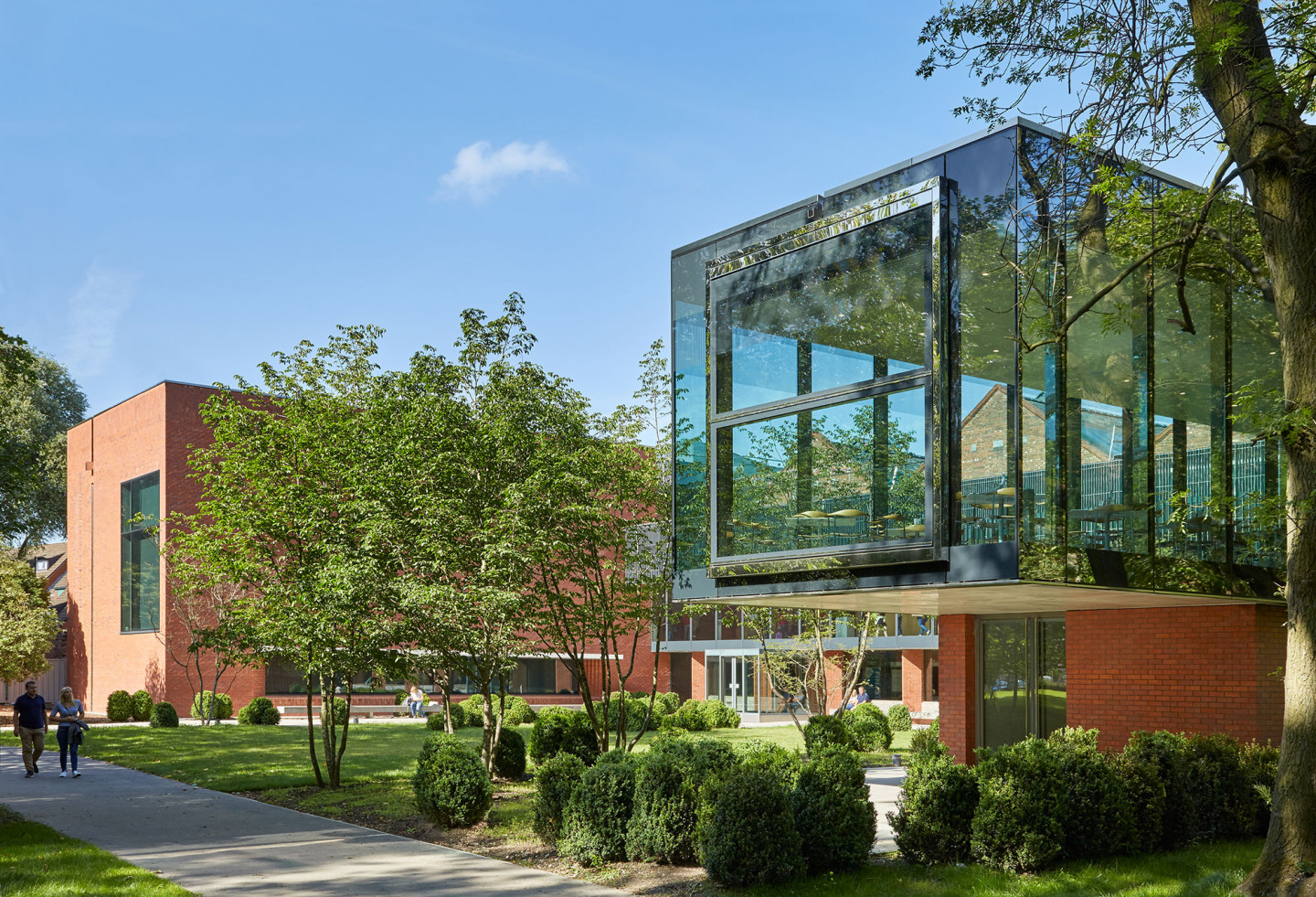


.jpg?1444400015)



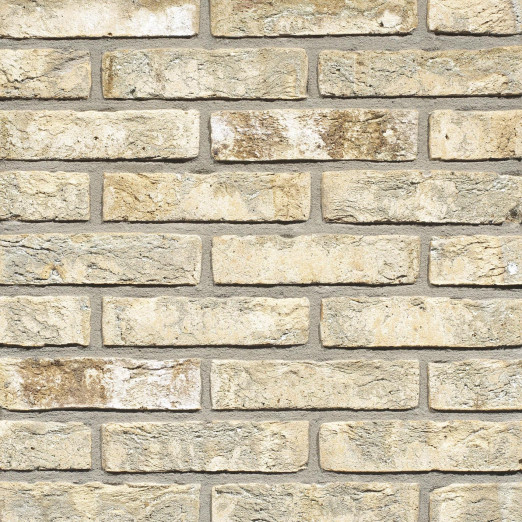
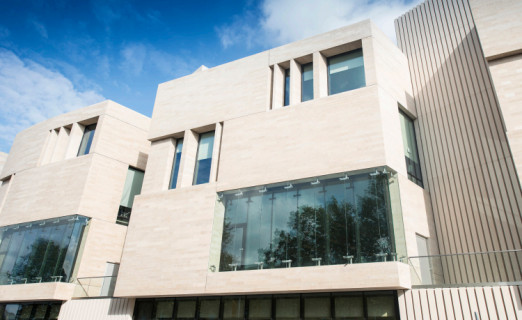
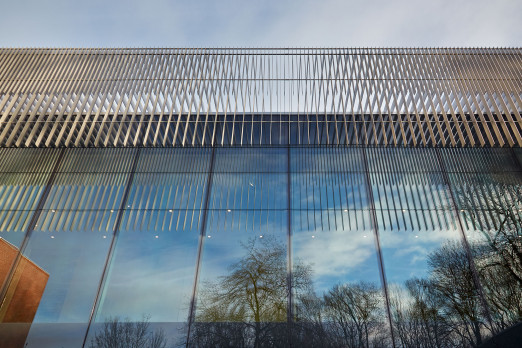
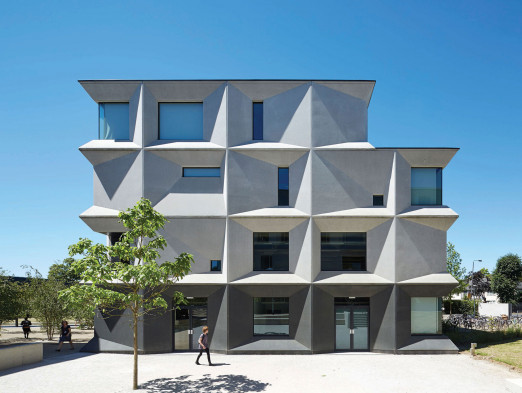

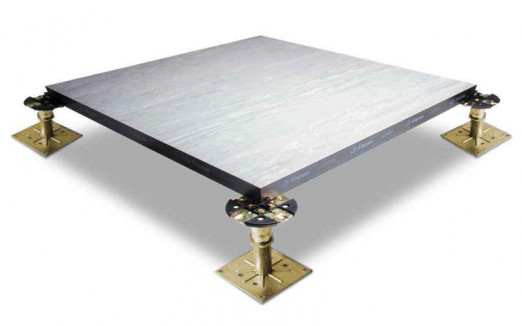
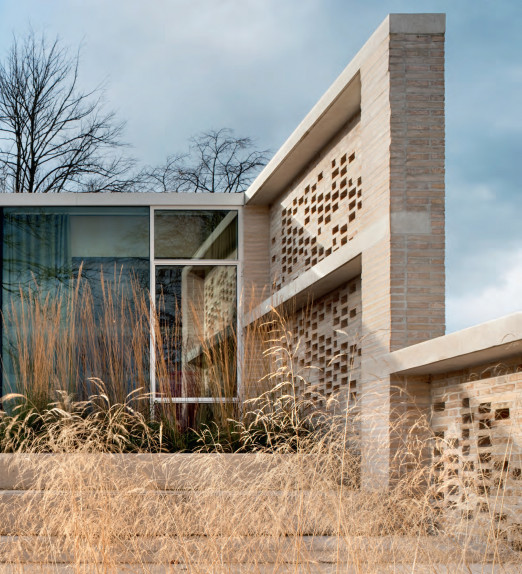
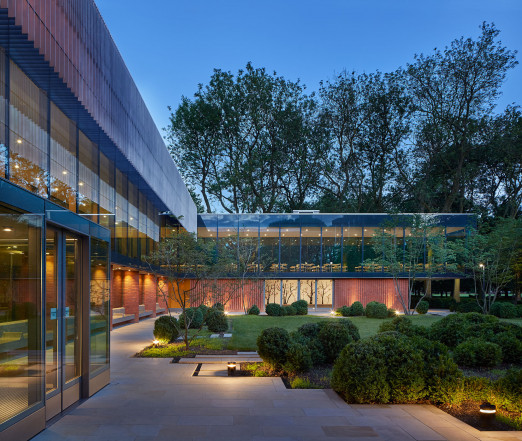
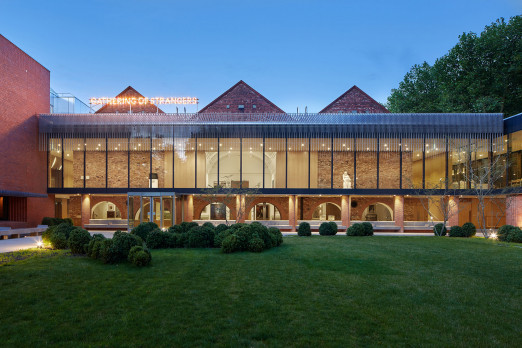
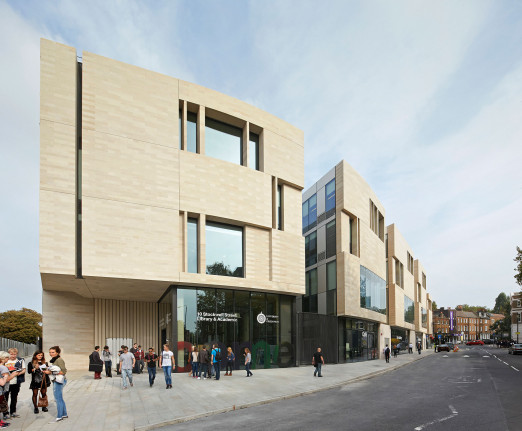
.jpg)
